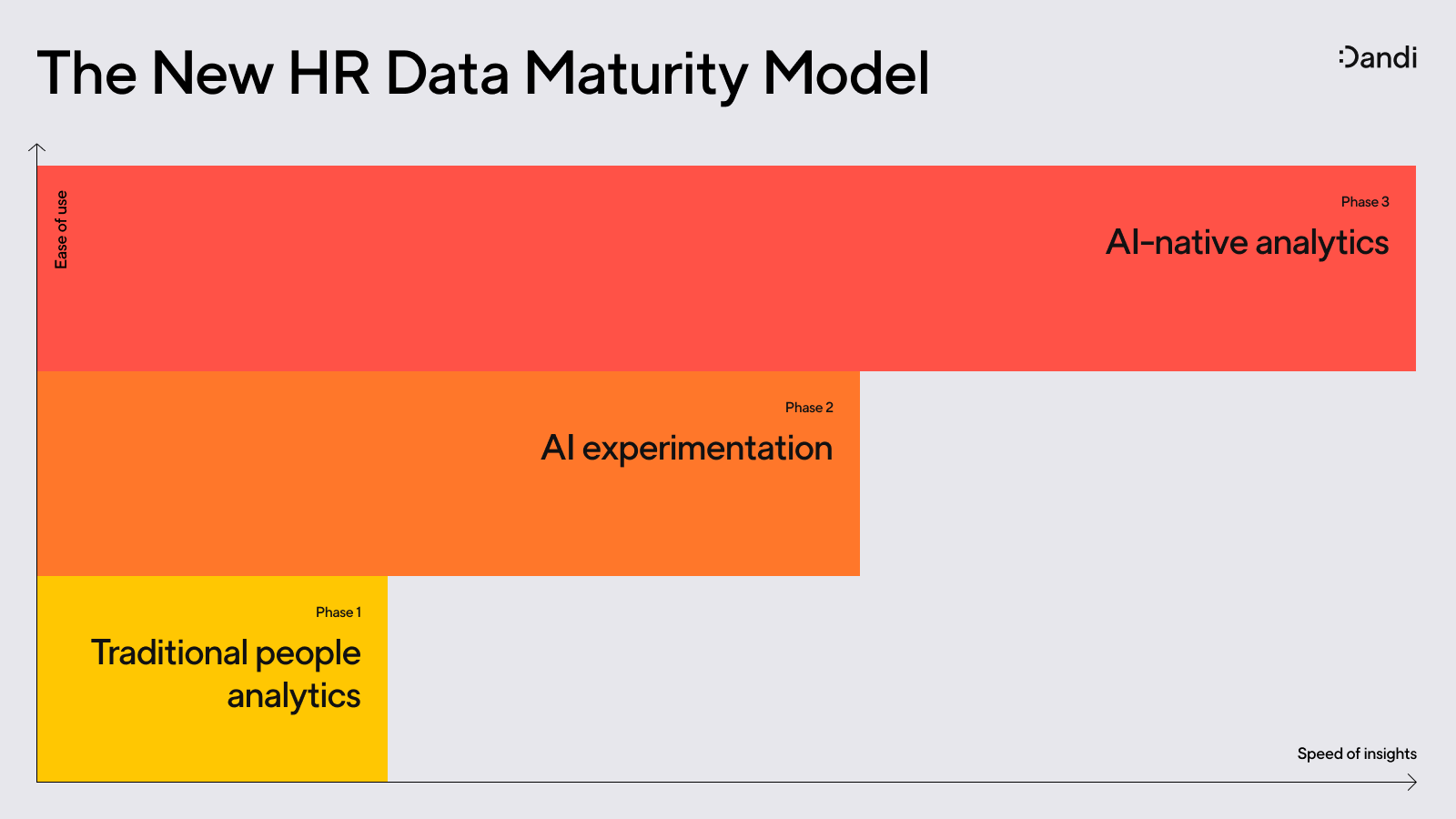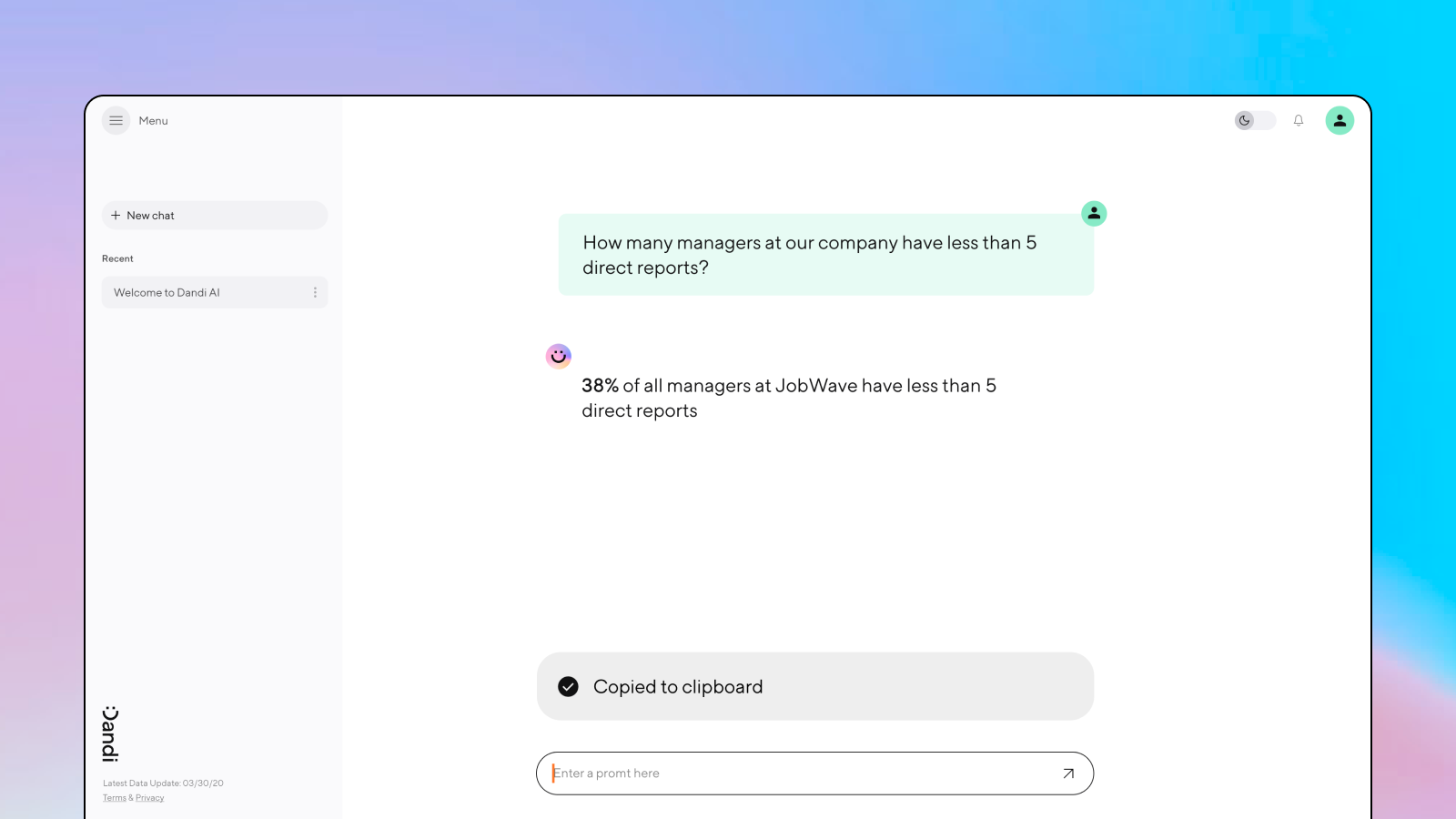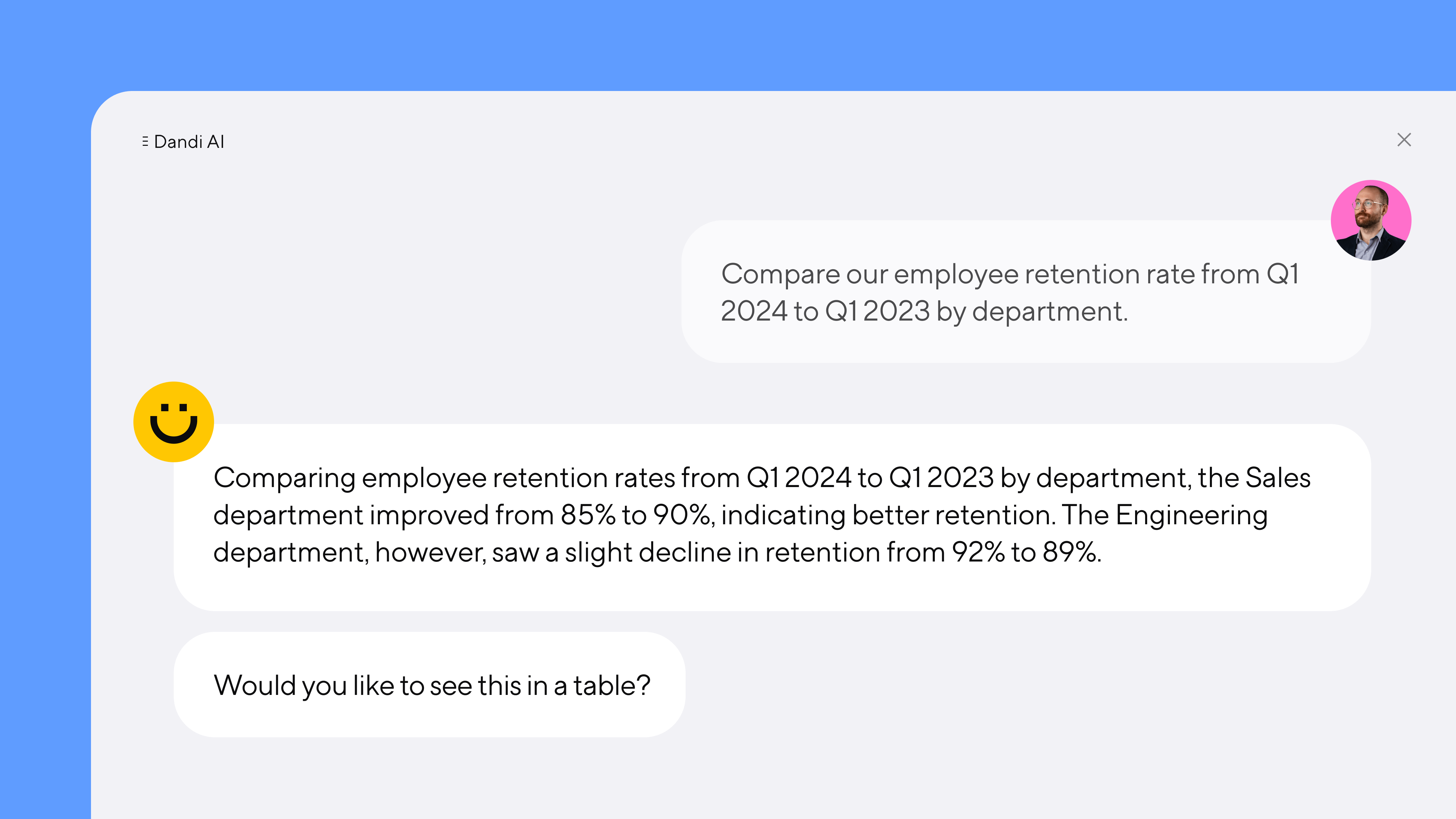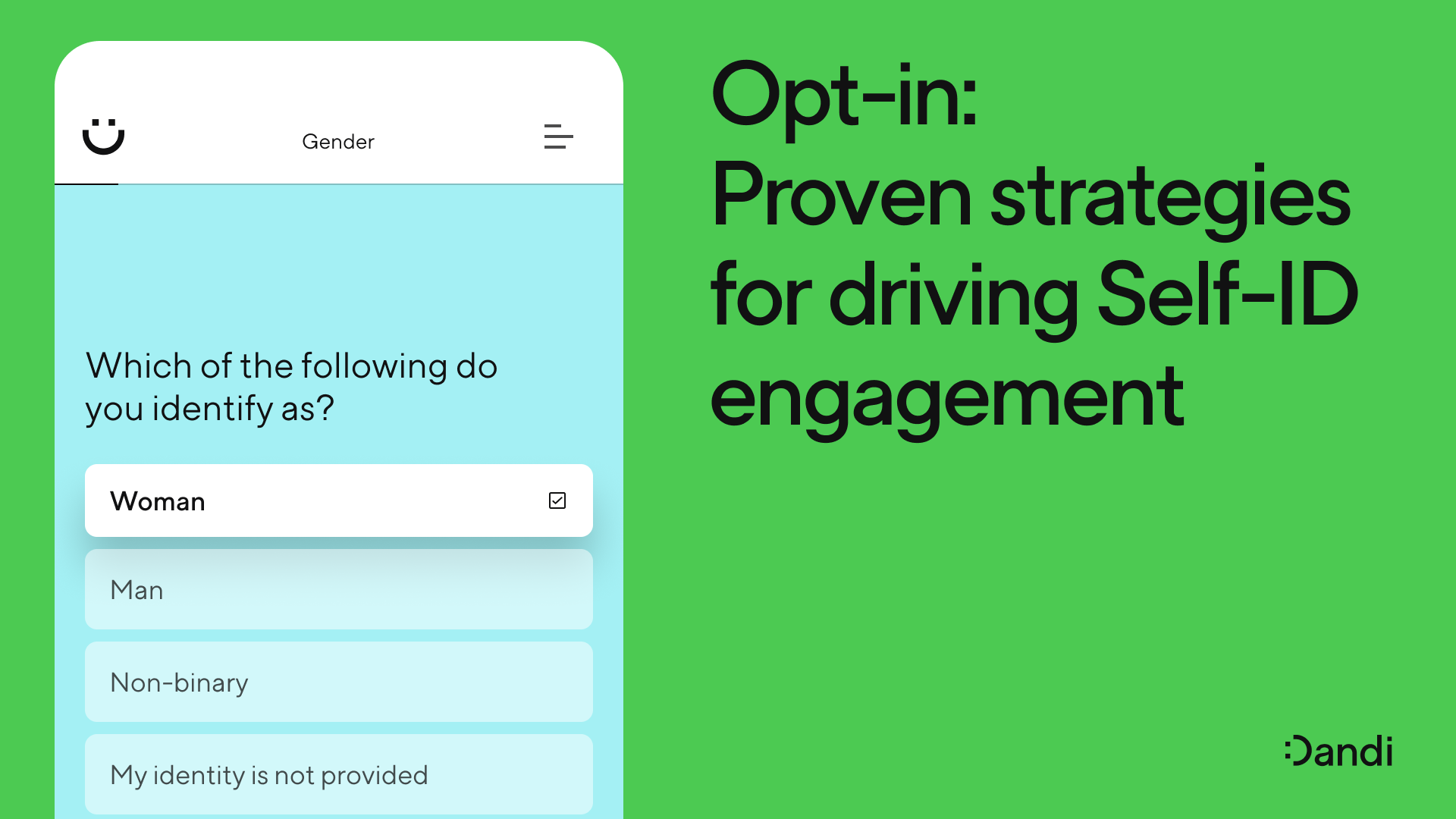How to start collecting DEI data
Hallie Bregman, PhD – Feb 22nd, 2023
DEI is, fundamentally, a data-driven field. But for many practitioners, data collection is a challenge. This article is here to help you get started.
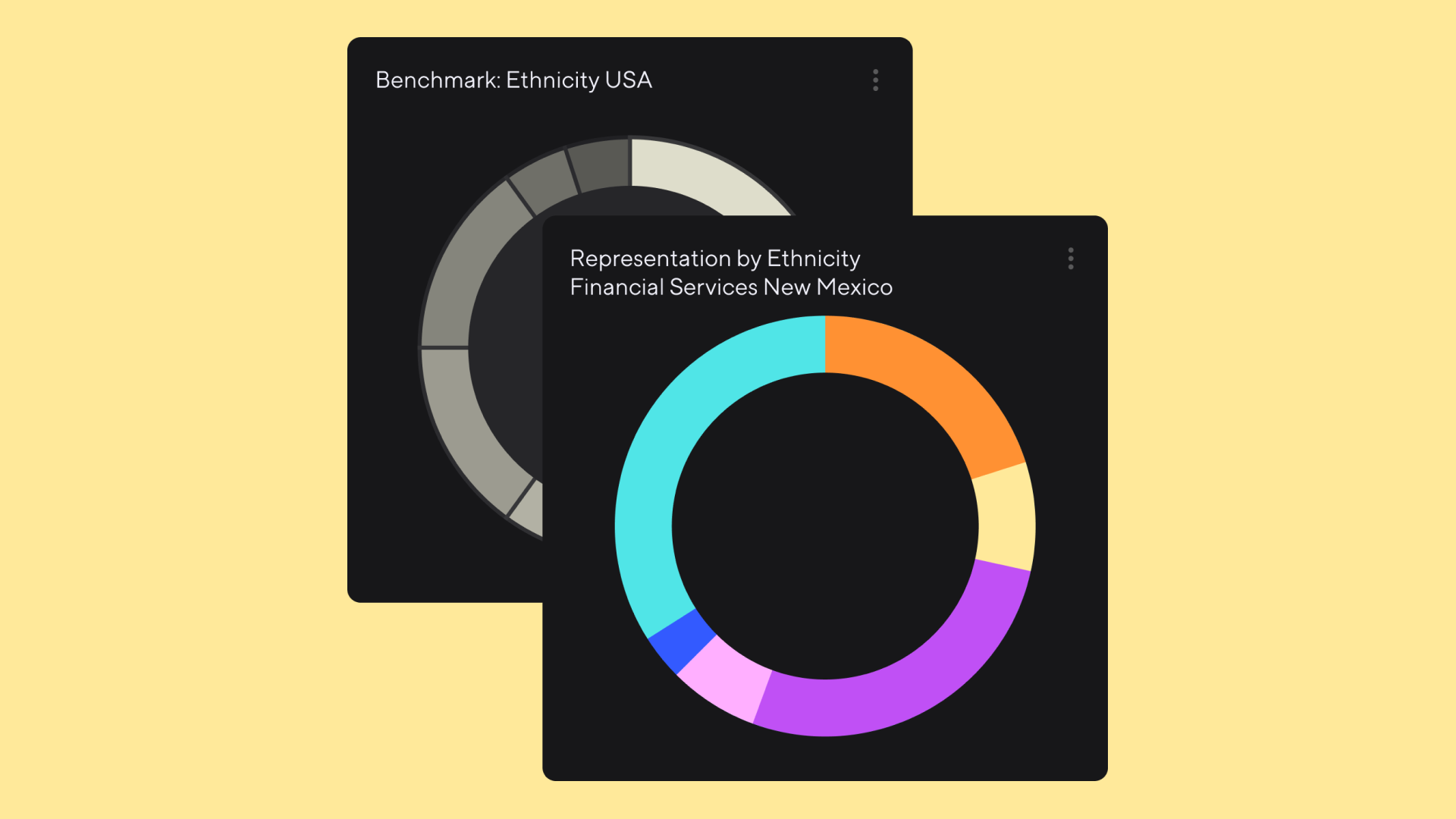
Numbers frame much of the daily conversation we have about DEI.
Representation percentages, compensation gaps, promotions rates, and more—all of these metrics help us target key goals in our organizations. But we can’t talk about any of them unless we collect the data first.
So, how we do we start?
Oftentimes, there is data already available in your systems of record. Other times, you must be intentional about conducting campaigns to collect key data points. Either way, sourcing the right data can be hard.
Many folks start with a string of anxious questions. Where do I start? What if I do it wrong? What if people don’t like it? What if it gets me in trouble? What if people don’t trust me?
While it’s important to be mindful about how you use and collect DEI data, it's even more important to not get caught up in analysis paralysis. When you overthink something, too often it leads to inaction. And when it comes to DEI, action matters most of all.
I’m here to help you get over the hump, so you can start using data to advance your DEI efforts.
Start with self-disclosure
There is no single data point required to do DEI data analysis, except identity. I firmly believe that there is no analysis you can do without a classification of your employee base. Let me explain.
If you want to know the difference in promotion rates between White and Black employees, you must first know who is White and who is Black. Without this information, you are stuck.
I wish I could say it is straightforward to run a self-identification campaign to collect disclosures, but it is, in reality, a nuanced process. Without getting into the nitty gritty here, there are a few main operational things to consider:
- Which self-identifying questions do you ask, and how many of them?
- How granular do you go? Consider a question like sexual orientation: how many ways of identifying do you include?
- Where do you store the data?
- When do you collect the information? Do you collect it during new employee onboarding, or do you send out an annual survey?
Self-disclosure is the key to DEI data.
Apart from the operational aspects of the campaign, there is another key consideration: consent. With regard to consent, as discussed previously, you’ll have to work with your legal and privacy teams to decide if consent to use self-disclosure is implicit in the data collection, or should be explicitly stated. If I fill out a field disclosing my sexual orientation, does that mean I consent to letting my company use that field in any analysis? Or should my organization be accountable to explaining exactly what types of analyses it will be used for?
Fundamentally, whether employees disclose their identities comes down to trust. Communications must instill trust that this data will be used to help, not hurt. I often frame this in terms of “you can’t know what you don’t know.” Employers cannot be held responsible for things they don’t know. Without self-disclosure, employers cannot quantitatively know where their biggest gaps are. Accountability depends on visibility, and disclosure provides visibility.
Once you’ve taken the leap and run the campaign, there are endless analyses you can run and questions you can answer. Self-disclosure is the key to DEI data.
Build insights from your system of record
Once identities are disclosed, you can really get started.
There are multiple forms of data you can leverage in your work. I often say, start with what you already have. First and foremost, there is existing data in your system of record. No matter what your HRIS/HCM/PEO system is, it already hosts a variety of data points. At a minimum, headcount will already be counted, typically by department, location, and level. Typically, tenure and terminations are also hosted in this system. This is where you start.
In fact, this data alone can get you a long way. Analyses based on hiring, representation, and turnover can all be inferred from your system of record. Furthermore, you can look into representation by level and department, examine tenure by gender, and check new hire race/ethnicity.
With a more robust system of record, you’ll have even more data at your disposal. Often, it also hosts compensation and career mobility (aka promotions), which are rich data sources to leverage. It is even possible that performance ratings are stored in your system of record. This data exists without any new data collection, and that is highly valuable.
Evaluate your hiring processes
Nearly the same premise applies to candidates and hiring. First, self-disclosure must occur. There are stricter regulations around what you can ask of candidates (for instance, age is typically discouraged) because of the potential for hiring discrimination. Even when self-disclosure occurs, many applicant tracking systems (ATS) keep those attributes separate from applications, so recruiters are not privy to their individual identities.
But, once self-disclosure occurs, the ATS already contains a lot of rich information about the candidates. Almost instantly, you are able to look at representation among candidates, funnel progression rates, and offer acceptance rates. Do men get interviews at a higher rate than women? Do Black employees decline offers more often? These are valuable insights that can be derived.
Read more: Learn how to pinpoint recruiting bias with Dandi.
Remember, no data set is perfect
Does it seem easy to do this work? No, far from it.
Even when all goes well, DEI data is not perfect. It will never be perfect, and it is important to recognize early on that this data will be flawed. Headcounts will be off, employees will leave fields incomplete, and new classifications will arise and change categorizations. Promotions will be miscoded in the system, and job families will change more often than is optimal.
Still, you must persist. Do not let the lack of perfection deter you from doing work with DEI data. Trends offer far more valuable insights than perfection. Consider the following example:
Say, at your company, 1,000 employees work in marketing. Of those employees 10% have not disclosed their race. Among the 900 remaining employees, Black employees have a promotion rate of 6% while White employees have a promotion rate of 8%. Do I wish the remaining 100 employees had disclosed? Sure. Do I need them to have disclosed in order to know that Black employees are under-promoted compared to White employees. Nope.
Do not let imperfection deter you from working with DEI data.
I’ll also call out that leaving a field blank is meaningfully different than selecting “Prefer Not to Disclose.” It is possible that some folks never even opened the survey, thus leaving all fields blank.
Others, however, opened the survey but noted that they prefer not to disclose, exercising their right not to grant consent. These could be due to very different reasons. Person A might have been too busy, while Person B might have lacked trust. Person A might have been absent, while Person B might have experienced discrimination from their manager. It’s also possible that they are for the same exact reason; Person A chose not to even open the survey out of lack of trust, and Person B opened the survey but chose not to disclose due to lack of trust. None of these reasons can be inferred by this survey question alone.
Do not let these complexities stop you from collecting the data. Do not get plagued by indecision or fear of failure.
Understand the limitations, use your tools, and get started. It won’t be perfect, but it will offer you valuable insights that change the way you work in DEI. Don’t miss out.
Ready to advance your DEI efforts with data? Book a demo to learn how Dandi can help.
More from the blog
Announcing more powerful Dandi data visualizations
Team Dandi - Oct 23rd, 2024
The New Maturity Model for HR Data
Catherine Tansey - Sep 5th, 2024
Buyer’s Guide: AI for HR Data
Catherine Tansey - Jul 24th, 2024
Powerful people insights, 3X faster
Team Dandi - Jun 18th, 2024
Dandi Insights: In-Person vs. Remote
Catherine Tansey - Jun 10th, 2024
Introducing Dandi AI for HR Data
Team Dandi - May 22nd, 2024
5 essential talent and development dashboards
Catherine Tansey - May 1st, 2024
The people data compliance checklist
Catherine Tansey - Apr 17th, 2024
5 essential EX dashboards
Catherine Tansey - Apr 10th, 2024
Proven strategies for boosting engagement in self-ID campaigns
Catherine Tansey - Mar 27th, 2024

